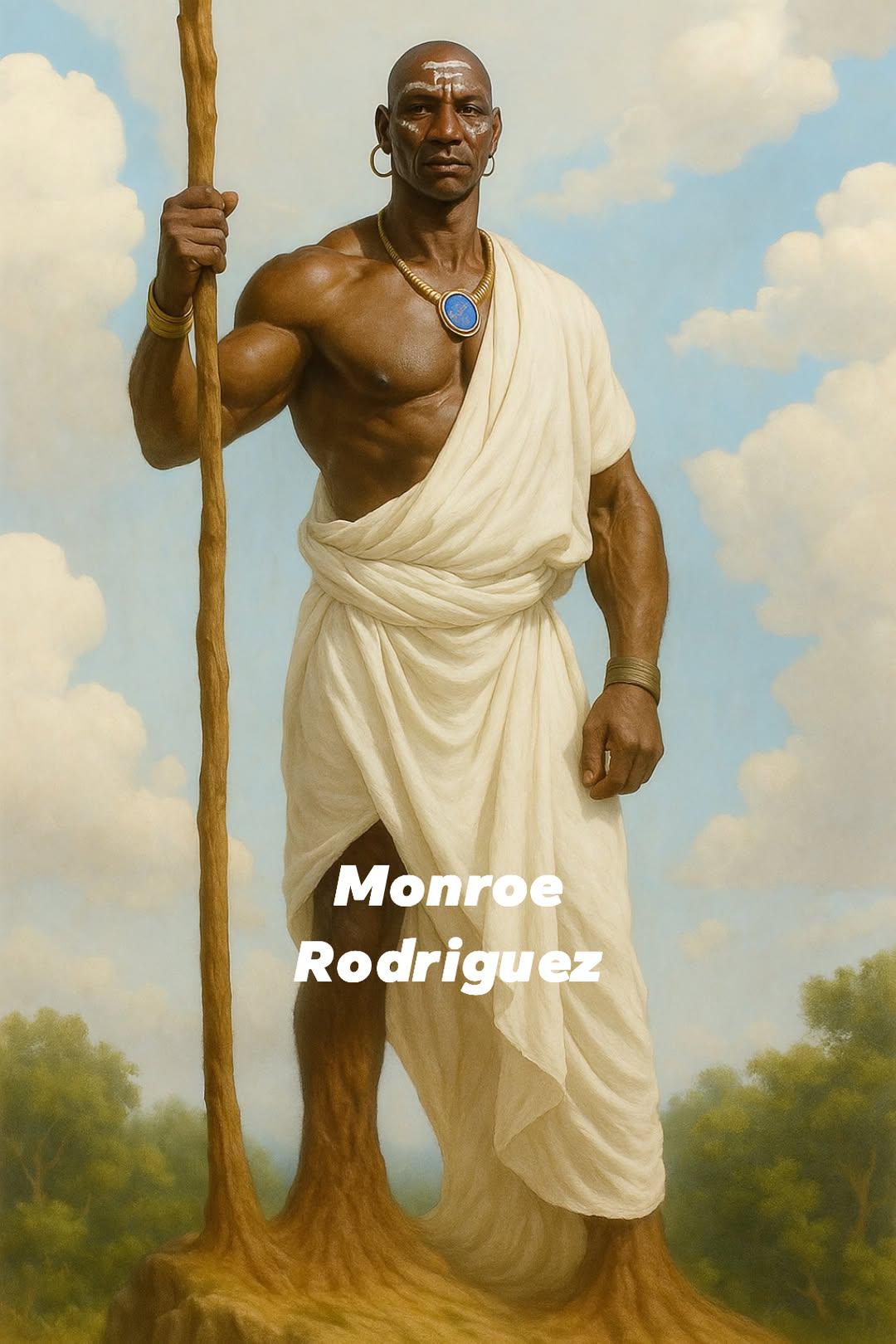
Ọ̀kẹ́ – The Silent Sentinel of the Yoruba Mountains
Introduction
In the sacred cosmology of the Yoruba people of southwestern Nigeria and the wider Yoruba diaspora, the natural world is not inanimate but alive with spiritual forces. Each landscape — river, forest, wind, and mountain — is not just geographic but divine. Among these, Ọ̀kẹ́ (also known as Ọ̀rìṣà Ọ̀kẹ́ or Oke) stands as the spiritual embodiment of the mountains, a powerful but often under-discussed Òrìṣà who represents stability, endurance, protection, and ancestral presence.
Mythological Role and Origins
Ọ̀kẹ́ is regarded as a primordial Òrìṣà, one of the elder spirits involved in the organization of the cosmos. As the personification of mountains, Ọ̀kẹ́ predates many of the more popular Òrìṣà in the historical memory of Yoruba people. He is often associated with permanence and ancient wisdom, much like the mountains themselves that have withstood time, weather, and the rise and fall of empires.
In some versions of the Itan (sacred narratives), Ọ̀kẹ́ is described as the orisha who gave shelter and refuge to humanity in times of great destruction, such as floods or warfare. In this sense, he embodies the protective strength of the land and its elevation — both physically and spiritually.
Spiritual and Symbolic Associations
Ọ̀kẹ́ is deeply tied to themes of:
- Elevation and Ascent: Just as mountains rise above the land, Ọ̀kẹ́ is seen as spiritually elevated. Devotees often go to mountaintops to pray to him, believing they are physically and metaphorically closer to heaven.
- Ancestral Connection: Mountains in Yoruba thought are often linked to burial grounds and ancestral spirits. Ọ̀kẹ́ thus serves as a bridge between the living and the ancestral realm.
- Resistance and Fortitude: Much like a mountain cannot be easily moved, Ọ̀kẹ́ symbolizes inner strength and resilience in the face of adversity.
Rituals, Offerings, and Worship
Ọ̀kẹ́ is traditionally worshipped at mountaintops, hills, and elevated areas, where shrines may be erected. His worship is more common in certain Yoruba subgroups, particularly those in regions with significant geological elevation. Offerings may include:
- White cloths (symbolizing purity and elevation)
- Palm oil, yams, kola nuts
- Iron staffs or rods (symbols of endurance and male energy)
- Roosters or rams (depending on regional variations)
The rituals are often quiet and solemn, reflecting the stillness and grandeur of the mountain.
Relationship to Other Òrìṣà
Ọ̀kẹ́ is sometimes conflated or harmonized with other Òrìṣà in syncretic traditions. In Candomblé (Brazil), for example, elements of Ọ̀kẹ́ may be preserved under names like Oxóssi or Obaluaiyé when associated with nature and the land. However, in traditional Isẹ̀ṣe (Yoruba indigenous practice), Ọ̀kẹ́ stands distinct.
He is considered an elder to many of the more commonly known Òrìṣà like Ṣàngó, Ọ̀ṣun, and Ọ̀rúnmìlà. In some oral traditions, Ọ̀rúnmìlà is said to have gone to the mountains to consult Ọ̀kẹ́ in times of crisis, seeking wisdom from the ancient spirit of elevation and vision.
Contemporary Relevance
In a modern world increasingly disconnected from land and ancestral ties, Ọ̀kẹ́'s relevance is resurgent. For Yoruba people and African spiritual practitioners worldwide, he is a reminder of rootedness, sovereignty, and the need to climb toward wisdom — even when the path is steep. As climate change threatens ancestral lands, Ọ̀kẹ́ also becomes a symbol of ecological protection and spiritual stewardship of nature.
Conclusion
Ọ̀kẹ́ is the still mountain that watches over the land. Though less sensationalized than some of his Òrìṣà kin, his role in the Yoruba cosmological landscape is foundational. He invites us to ascend, to endure, and to become living mountains — grounded in wisdom, protected by stillness, and exalted by our ability to stand tall amid life's storms.